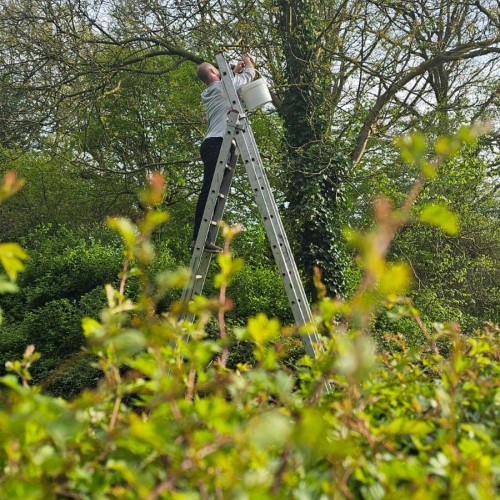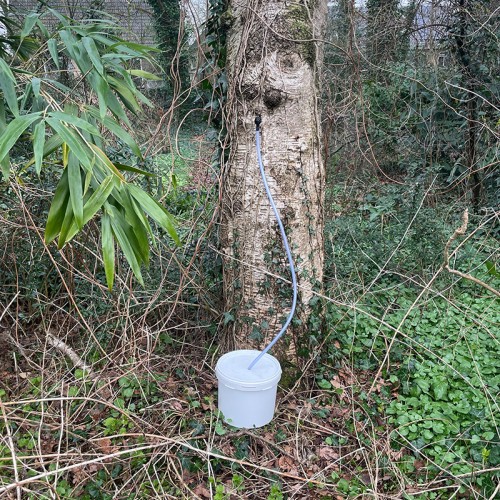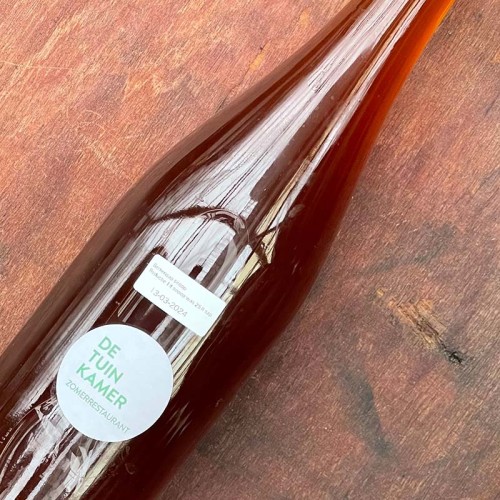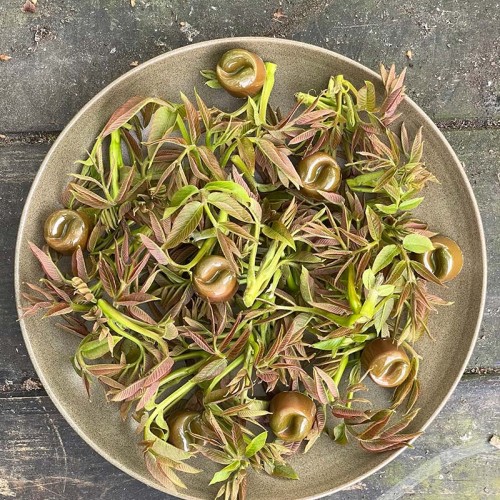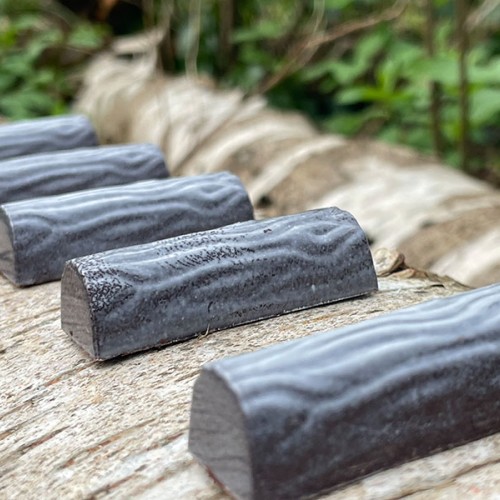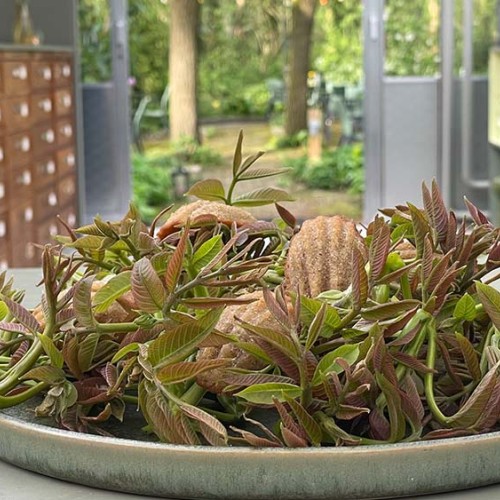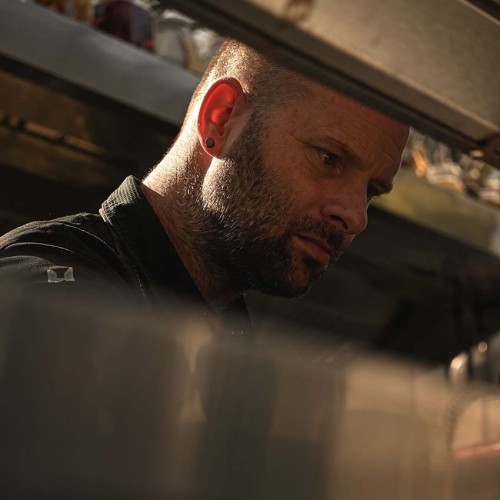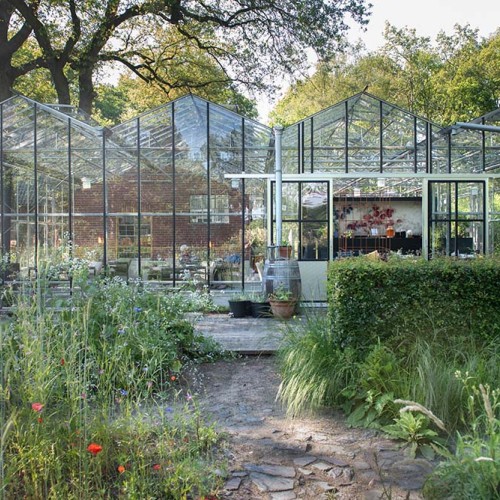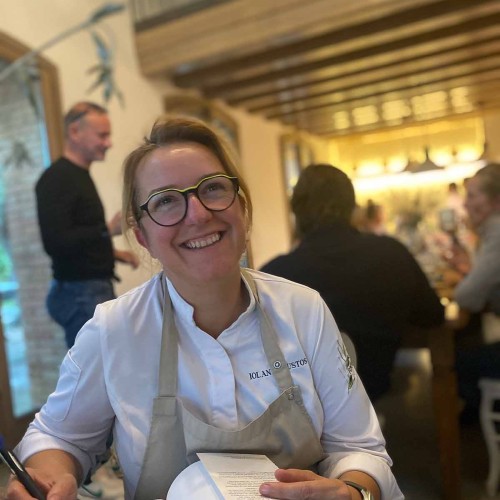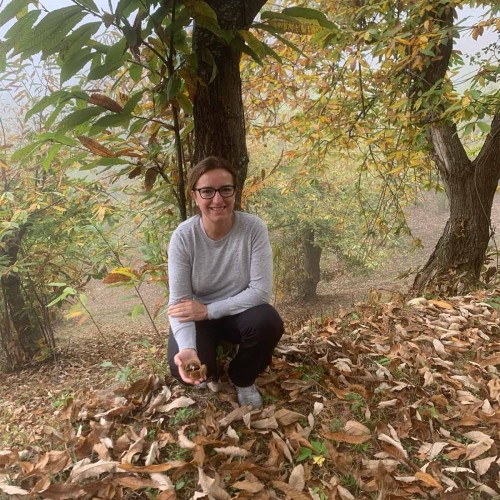Exploring the culinary potential of ‘cooking with trees’
We know trees are good for biodiversity and cooling the earth. But what does it mean to cook with them?
Belgian eco-entrepreneurs Louis De Jaeger and Jonas Mallisse are fascinated by trees. De Jaeger was a key note speaker at last year’s We’re Smart World event in Bruxelles. Next year they will publish their documentary: “Eat More Trees”, in which they call for using trees to feed the world. We spoke with De Jaeger about the importance of trees and asked two enthusiastic tree chefs -: Spanish flower chef Iolanda Bustos and top chef Alwin Leemhuis of De Tuinkamer in Priona (Netherlands – 5 radishes) - about the gastronomic potential.
Why are you making the documentary Eat More Trees?
“It’s very simple, the UN predicts that by 2050 we will have degraded 90% of our earth. This degradation is mainly due to how we treat the soil and everything that is on our plate. Trees have the ability to actually cool the earth, half of the rain is created by trees. But you can’t just re-plant trees wherever you want, everything has become agricultural land. That is why we advocate planting food trees, the so-called agroforestry.
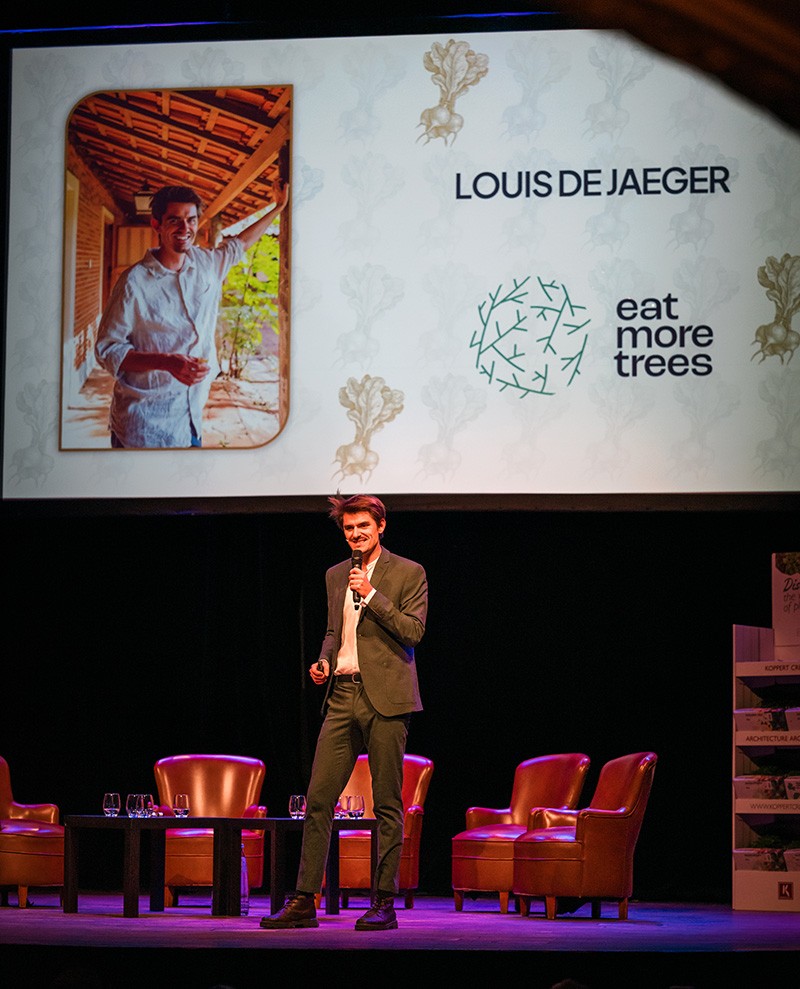
Can you give us an example?
A chestnut tree can live up to fifteen hundred years. Sweet chestnuts are edible and you can do a lot more with them than with nut trees: think flour, puree, pasta. De Nieuwe Winkel in Nijmegen (five radishes) has a chocolate dish without chocolate. But the taste and mouthfeel is created with chestnut! We mainly eat annual plants. Damaging the soil every year and cultivating it for example for grain is a lot of work and ecologically and economically unsustainable. We are not saying that the whole world should start eating trees. But it is important that there is more of a combination with annuals. A balance.”
What do you expect from chefs and food producers?
“Take a critical look at what is in your pantry and refrigerator. All annual crops have a greater negative impact on the climate than perennials. Embrace the richness of taste and color. Of course you already work with apples, pears, cherries, walnuts and other tree fruits. Chestnuts and acorns have more than 400 different connections with different animals and therefore do a lot for biodiversity. Go to a forest and see what is edible. Make the food forest farmers your muse. Talk to them. Then you will discover unexpected things. The mulberry tree with its deep roots grows quickly and produces beautiful fruits, But did you know that the leaf provides as much protein as soy per hectare?
The documentary Eat More Trees, directed by Arne Focketyn, and co-produced by Brightside Productions will be released around the summer of 2025.
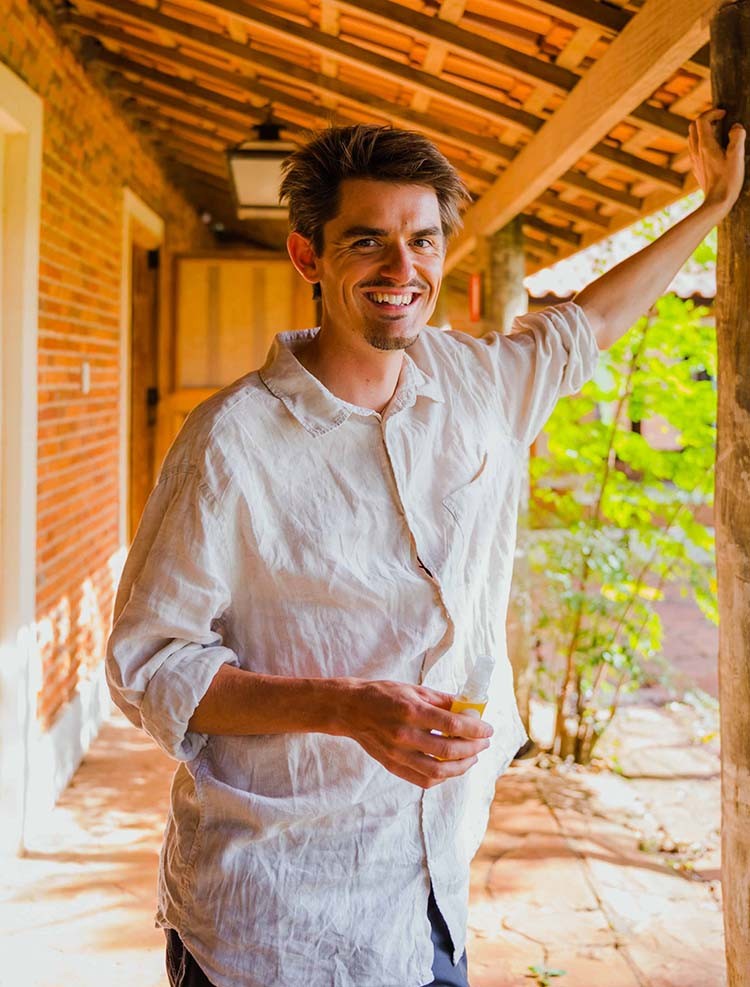
You cook a lot with trees, why?
“I like to explore new paths, also in the kitchen. In this garden I am surrounded by sixty tear old trees. Cooking with them demands more from you as a chef. It stimulates and inspires to go beyond the familiar. The challenge is to understand new flavours and learn to apply them. Then you can make your ‘own’ ingredients from them. In our cookbook ‘Nature on your plate’ we have included a few ‘tree recipes’. The monkfish pickled in walnut leaf salt and cooked in walnut leaf oil is one of my favourites.”
Which tree do you prefer to work with?
“I really like the flavour of elderflower and magnolia, but walnut leaf and birch sap have stimulated me the most to experiment with.Tapping birch sap has been done for a long time, but I still had to dicover how to do it for myself. The tree gave a lot, five litres a day. We boiled it into syrup. The result is a kind of maple syrup. We make our ‘tree friandises’ from it. It is not without risk. You have to know what you are doing. Disinfect the ‘wounds’ on the trunk well and keep an eye on whether the branches are starting to sprout. You have to stop as soon as buds appear. “
Want to read more about the garden room in Priona?
You have already published a book about cooking with flowers and are now writing a book about trees. What is the moral of your story?
“My mission is to reconnect people with nature. Cooking with trees invites us to explore the wilderness. It is a way to preserve ancestral knowledge and adapt it to modern gastronomy, thereby increasing awareness of the relationship between nature and our food. If we learn to appreciate the foods that trees provide us, such as fruits, bark, seeds and leaves, we can create a more environmentally friendly cuisine.”
What is the most underrated tree in the kitchen?
“The cork oak -which is abundant here in the Spanish Baix Emporda- is one of the most underrated trees in the kitchen. We all know the cork bark, but their acorns, once treated, are incredibly nutritious and versatile. Acorns are used in many cultures, but their potential in modern gastronomy has hardly been explored. For me, this tree is a symbol of resilience.”
Want to read more about Iolanda Bustos?
